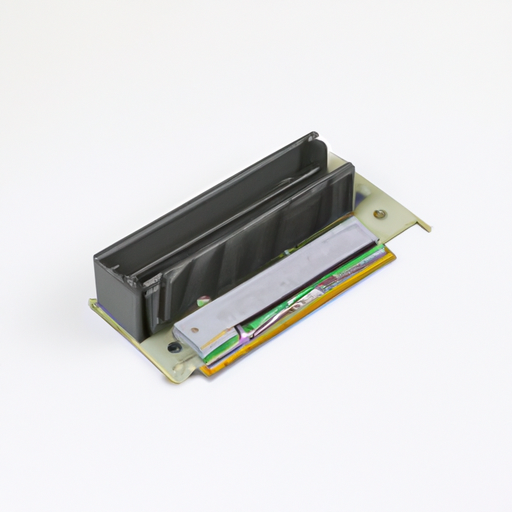Overview of CFR-25JB-52-12K Analog and Digital Output Technologies
The CFR-25JB-52-12K is a sensor or transducer model that provides both analog and digital output signals, making it a versatile choice for various applications. Below, we delve into the core functional technologies associated with analog and digital outputs, along with illustrative application development cases that demonstrate their effectiveness.
Core Functional Technologies
1. Analog Output
- **Definition:** Analog output generates continuous signals that represent physical quantities, typically in the form of voltage (e.g., 0-10V) or current (e.g., 4-20mA).
- **Technology:** Analog outputs are produced by transducers that convert physical phenomena (like temperature, pressure, or flow) into proportional electrical signals. Common technologies include:
- **Resistive Sensors:** Utilize changes in resistance to produce an output.
- **Capacitive Sensors:** Measure changes in capacitance to determine physical changes.
- **Inductive Sensors:** Use inductance changes to detect position or movement.
- **Applications:** Widely used in industrial automation, process control, and instrumentation for continuous monitoring and control.
2. Digital Output
- **Definition:** Digital output provides discrete signals that represent data in binary form (0s and 1s), often using communication protocols such as RS-232, RS-485, I2C, or SPI.
- **Technology:** Digital outputs are generated by sensors that convert physical phenomena into digital signals, often employing microcontrollers or digital signal processors (DSPs). This allows for:
- Enhanced data processing capabilities.
- Improved communication reliability and error checking.
- **Applications:** Commonly found in smart devices, IoT applications, and systems requiring high data integrity and remote monitoring.
Application Development Cases
1. Industrial Automation
- **Case Study:** A manufacturing facility integrated CFR-25JB-52-12K sensors to monitor critical parameters like temperature and pressure. The analog output facilitated real-time monitoring for immediate process adjustments, while the digital output enabled data logging and remote access via a PLC. This dual-output approach improved operational efficiency and reduced downtime.
2. Environmental Monitoring
- **Case Study:** In a project aimed at tracking air quality, sensors with both analog and digital outputs were deployed. The analog output provided real-time data to local displays for immediate public awareness, while the digital output was transmitted to a cloud platform for comprehensive analysis. This setup allowed for timely interventions in pollution control and enhanced community health initiatives.
3. Smart Agriculture
- **Case Study:** A smart farming initiative utilized CFR-25JB-52-12K sensors to monitor soil moisture levels. The analog output controlled local irrigation systems, ensuring optimal water usage, while the digital output fed data into a mobile application, allowing farmers to monitor conditions remotely. This integration led to improved water conservation and increased crop yields.
4. Healthcare Monitoring
- **Case Study:** In a healthcare environment, a patient monitoring system employed sensors with both analog and digital outputs to track vital signs. The analog output provided continuous heart rate data to bedside monitors, while the digital output was sent to a central database for analysis. This dual approach enabled healthcare providers to receive alerts for any anomalies, enhancing patient care and response times.
Conclusion

The CFR-25JB-52-12K sensor exemplifies the effectiveness of combining analog and digital output technologies in various applications. By leveraging both output types, developers can create robust systems that enhance monitoring, control, and data analysis across multiple industries. For further insights, it is advisable to consult industry journals, technical papers, and manufacturer resources that focus on sensor technology and its applications. This will provide a deeper understanding of specific use cases and advancements in the field.









